How Trump normalized distrust of America in Iran
By Hossein Jelveh
(Hossein Jelveh is an independent Iranian journalist based in Tehran. He has graduated with a master’s degree from the Faculty of World Studies at the University of Tehran. You can follow him on Twitter @hossein_jelveh.)
I was born in Iran in 1986. That was just seven years after the Iranian revolution. But for most of my adulthood years, that seven-year period proved to be a long distance. For many people of my age, my classmates, and my friends, most of them like me from the Iranian middle class, the revolution was both omnipresent and distant. We would see murals depicting revolutionary figures, soldiers, and commanders killed in the Iran-Iraq War — a war to save the revolution — covering whole walls on the streets; we walked and rode through streets named after them; we heard fiery, anti-imperialism speeches of government officials filled with revolutionary lexicon and mostly directed at America; and of course, we chanted “death to America” at school. But, for some reason, there was also always a space between us and the revolution. To us baby boomers of the 1980s, anti-Americanism — that most familiar feature of a historical phenomenon that had so massively impacted our lives — also somehow baffled us.
Paradoxically, my near-constant exposure to anti-American fervor must have been to blame for the inadvertent development of a tendency to resist those very same feelings. It also didn’t help that I believed that a country halfway around the world could not have possibly been responsible for all of my country’s woes.
As I grew up, buildings grew taller and the Iranian society modernized. Economic difficulties began to show up even as the hardest of times seemed to have finished along with the war. Rice and cooking oil were no more rationed, but the inflation rate grew. If you wandered about town, you saw bustling people less immediately concerned with the revolution than a decade earlier, even though they commuted on the streets with the same names.
The speeches didn’t change, however, not substantially anyway. Anti-American sentiment was a foreign policy fixture. For much of the difficulties that plagued Iran, according to many Iranian government officials, it still seemed that America was singularly to blame.

It wasn’t, obviously. As you educated yourself, you couldn’t help but stop seeing America as the pure evil that it was depicted to be, sometimes unknowingly. Yes, the array of UN and US sanctions was hurting Iran. But it was more complicated than that. A president in the person of Mahmoud Ahamadinejad, and another in the person of Barack Obama also halfway around the world, helped end any black-and-white illusions of the world: no one was pure virtue, or pure evil.
President Obama brought about, or perhaps merely exploited, a diplomatic opening with Iran. And for a year and a half since the implementation day of the Iran nuclear deal — the cultivation of his economic war on and diplomacy with Iran — the Iranian economy seemed destined to prosper as foreign companies arrived at “the world’s last, large untapped market” in droves. For the middle and upper classes, foreign consumer products and car manufacturers like Renault and Peugeot-Citroen were the most recognizable signs. But, as in all developing societies, those very same signs indicated a growing rich-poor gap to the lower classes even as an unprecedentedly stable inflation rate meant lower household expenditures over time.
The real picture was, of course, a shade of gray. And so, people bickered over the cons and pros of the Iran nuclear deal still. But mostly, anti-Americanism seemed to have quieted down, like a fire burning under gray ash. Even to some of the Iranian officials, it looked as if America was not the evil that it had always been.
Enter Donald Trump, the 45th president of the United States of America. The world changed greatly. And suddenly. Mr. Trump liked to defy logic. And he liked to disrupt the balance. But in always playing to a core that seemed to be admiring but not understanding of that disruption, he also inevitably allowed the core to play him. One person seemed to be the most aware of the president’s special malleability: Secretary of State Mike Pompeo. He seemed to have learned he could avoid a falling-out with Mr. Trump by offering him the constant approval that his ego required but that he also could have the president do at least some of his bidding by arranging for him to get from A to B if the president did not realize how he was being led in that direction.
The clearest examples of that maneuvering also had an impact on many Iranians: the withdrawal from the Iran nuclear deal in 2018 and the assassination of Iranian General Qassem Soleimani early this year.
Mr. Trump had long despised the Iran deal of course. To him, the deal embodied everything he didn’t want to be attributed to Mr. Obama: the ability to talk to an adversary, and to make a deal. But Mr. Trump had also stayed his hand until May 2018. That was one month before Mr. Pompeo became secretary of state. Mr. Pompeo’s predecessor believed the US could stay in the deal but try to change some of its provisions. Mr. Trump seemed on board as long as Mr. Tillerson was in office. Mr. Pompeo, on the other hand, put no such brakes on Mr. Trump’s foreign policy whims. If anything, he seemed to have accelerated them.
Reports have also only recently emerged of how Mr. Pompeo prodded Mr. Trump to go ahead with a decision to assassinate General Soleimani.

The United States’ stopping to implement the deal, or to allow the European countries to suitably perform it, ravaged the Iranian economy. But the Iranian people had long been familiar with economic difficulties, and perhaps for that reason, the assassination of General Soleimani had a more immediate impact — equally palpable but palpably different.
Millions of people across Iran took part in funeral ceremonies for the general. Among them were many people who wouldn’t have approved of the general’s perceived affiliations but who had been moved by the United States’ brazenness in assassinating a soldier of the motherland of his stature.
Mr. Pompeo, who had once told an associate he would have General Soleimani killed before he was retired from public office, had reached his goal. But to have a gullible US president approve and own his brazen work had brought about a completely different outcome too: many Iranians who had — like me — struggled to understand their government’s acute anti-Americanism now paused. If one person could goad an unwitting president in America to harm a nation and then stand aside as that president took the blame for an ill-conceived step on the international stage, then there was something fundamentally unreliable about the American government. The Iranian government officials and their uproar against America suddenly made sense.
I still don’t think that America is to blame for all of Iran’s difficulties. And I still think an America post Trump that would be more situated within the boundaries of reason can and should be given a chance at an enhancement of relations, because no two nations can be at war forever. But, somehow like many of those officials that once mystified me, I also now think America should be viewed with unexceptional distrust at all times, including at normalized times.
The distance is gone. The worst of American politics and an American murder helped me, and many people like me, overcome any grudging belief in American trustworthiness.
(The views expressed in this article do not necessarily reflect those of Press TV.)
Jan. 15: ‘Axis of Resistance’ operations against Israeli occupation
VIDEO | US fires: Criticism mounts over govt. failure to respond
VIDEO | Fears, hope in Gaza amid intensified ceasefire efforts
VIDEO | Press TV's news headlines
Hamas: Ceasefire agreement result of steadfastness, resistance in Gaza over 15 months
Hamas thanks Iran, Resistance Front following achievement of ceasefire in Gaza
'Capitulation': Israeli officials and media concede Gaza defeat as truce unfolds
'Gaza has won': Social media users react to ceasefire with mix of relief, joy


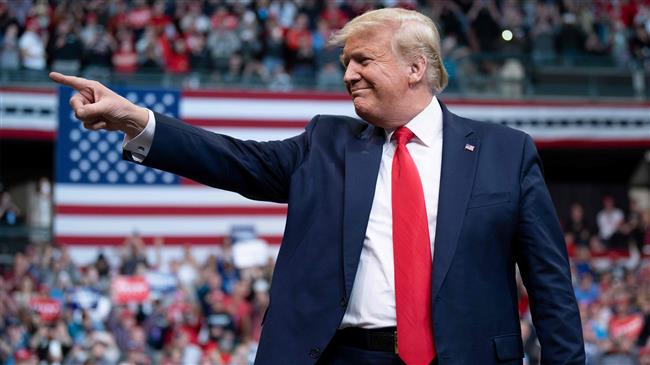
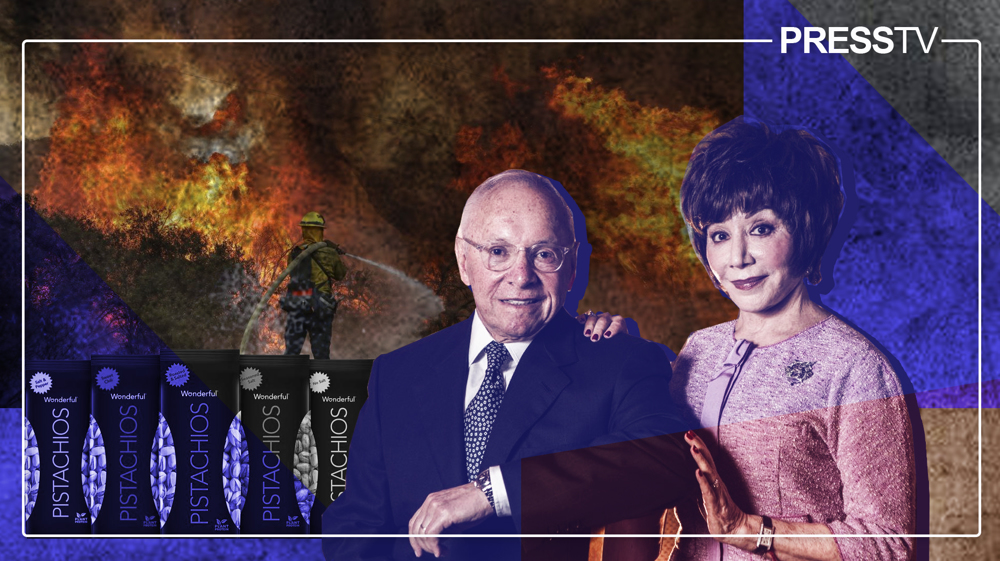
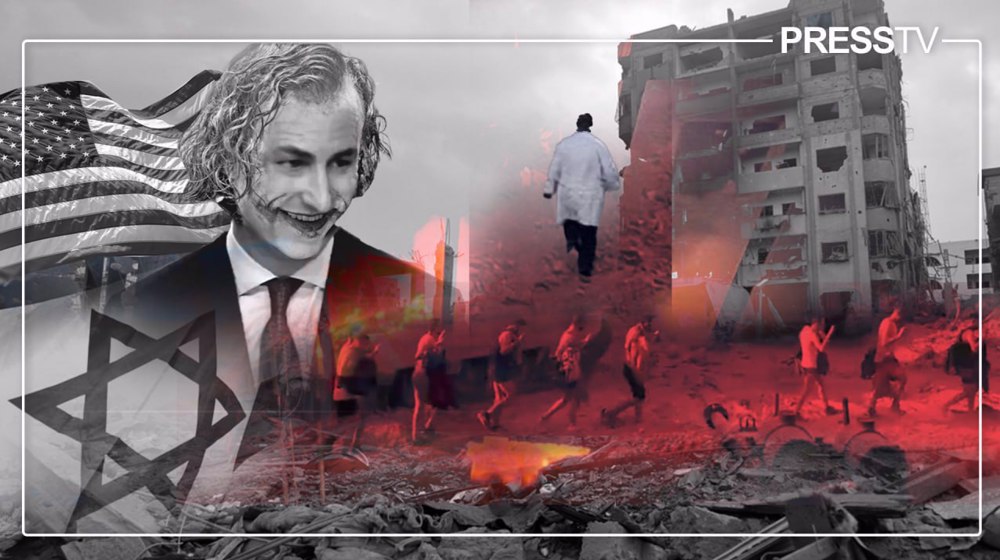
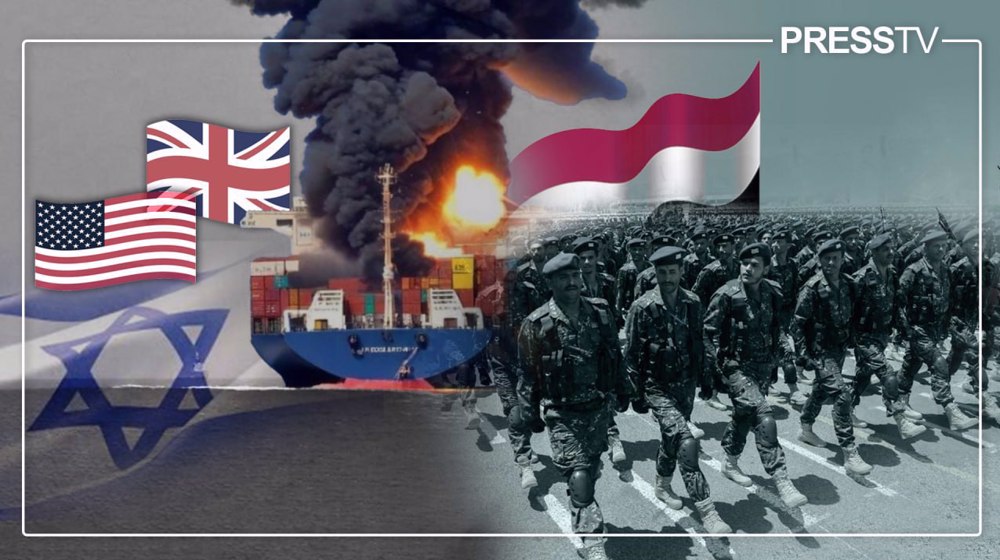



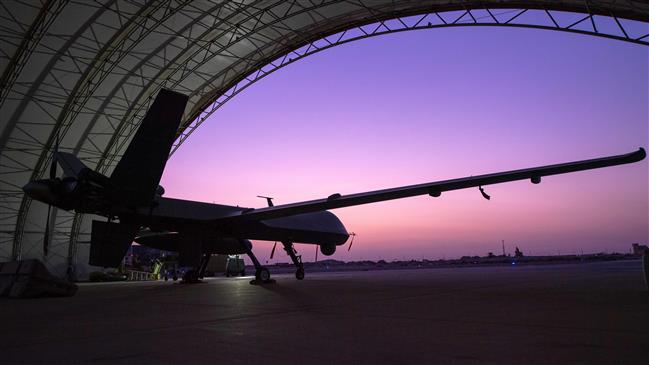


 This makes it easy to access the Press TV website
This makes it easy to access the Press TV website